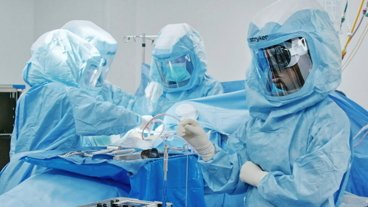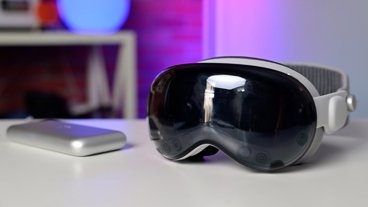Frequently Asked Questions about the Afterburner accelerator for the Mac Pro
As part of the launch of the new Mac Pro, Apple introduced a piece of hardware called Apple Afterburner that could be added to the configuration. AppleInsider explains what the card is, what it can do, and whether it is worth adding to an already powerful desktop.
Editor's note: This has been updated on December 10, with everything that Apple has disclosed about the card during the Mac Pro launch.
What is the Afterburner card for the Mac Pro?
Simply put, Afterburner is a card for the Mac Pro that is designed for use in video production. Rather than relying on the processor or graphics cards for some tasks, the Afterburner takes over for some tasks, specifically those relating to video processing between formats, freeing up the rest of the system components to perform other tasks.
When fitted into a Mac Pro's PCI Express x16 slot, video editors will be able to manage high-resolution, high-bitrate videos with ease, without any of the stuttering or waiting that could occur in less-powerful systems. The smoother the workflow, the easier for the editor to work, and the faster they can complete the video project.
What does it change?
In particular, Apple's inspiration for the Afterburner is to eliminate the "proxy workflow."
Due to the high file sizes and bit rates of native camera codecs, there's a lot of data that needs to be processed during editing. The proxy workflow involves making versions of video files in a codec and format that can be more easily edited and using those smaller files to define the edits in a piece.
Later, when compiling the final result, the edits made to the proxy videos are applied to the original video files.
By using Afterburner, Apple intends for video production to be able to use the original video file codecs and formats without creating proxy versions. Eliminating this step can save time, both in removing the transcoding process for the proxies at the start of editing, and in compiling the final edits at the end.
What's that FPGA or ASIC thing?
On a more technical level, the Afterburner is a card with what Apple refers to as a Field Programmable Gate Array (FPGA), or a programmable Application-Specific Integrated Circuit (ASIC). This effectively means it is a card that has chips created for a specific task, rather than a general-usage chip.
While graphics cards offer the ability to perform computing tasks, they are still using chips that are "general" in usage, albeit within the field of graphics. They can be used for a variety of tasks, which makes them flexible, but not necessarily able to offer optimal performance compared with a made-for-purpose chip.
In the Afterburner's case, the chips are specifically designed to handle just specific tasks. They are optimized to handle the encoding and decoding of ProRes and ProRes RAW codecs, so they can handle far more than a similar-performance graphics card could when pushed.
It is claimed the Afterburner includes over a million logic cells, allowing it to process up to 6.3 billion pixels per second.
While the use of an ASIC is beneficial, Apple's decision to use an FPGA makes the card far more useful. While an ASIC isn't typically able to be changed after it has been created, an FPGA can be reconfigured after the fact by instructions to change the layouts of chip gates.
In effect, this means Apple could update how Afterburner is configured to improve it in the future, to support new codecs and to improve performance for existing versions.
What can it do?
The card is built to accelerate ProRes and ProRes RAW codecs, namely the encoding and decoding of the codecs, which is a processing-heavy task in most cases. Apple claims the card is capable of handling up to six streams of 8K ProRes RAW video simultaneously at 30 frames per second, making it extremely useful for video editors working at the highest possible level.
On less demanding video specifications, it is able to work on up to 23 streams of 4K ProRes RAW video at 30 frames per second, or at 4K ProRes 422, up to 16 video streams.
In terms of compatibility, Apple advises it will work with ProRes and ProRes RAW codecs in Final Cut Pro X, QuickTime Player X, and "supported third-party apps," though at this time it is unclear what these will be.
Is this a brand new concept?
Despite Apple describing Afterburner as a "Game-Changing" accelerator card, the idea of having hardware to perform this type of task isn't new.
Red Camera, the manufacturers of the high-resolution cinematography cameras, produced the Red Rocket, an accelerator card range that can process and transcode video, with a focus on codecs used by the camera range.
Do I need one?
As Afterburner is highly specific in what it can do, the only potential buyers of the card are those in the video editing field. The card won't provide any real performance benefits outside of that capacity, so unless you happen to be a video editor or someone in that field, the answer is no.
There is also little need to get the card if the user does video editing, but doesn't use the ProRes or ProRes RAW codecs. For those who need to edit their iPhone videos or uses an entry-level DSLR for video capture, these situations generally won't use codecs that necessitate the use of the Afterburner card at all.
Those in the creative industry dealing with high-resolution, high-bitrate video on a daily basis will certainly see the advantage of acquiring the Afterburner.
Does it have to be used for video?
Based on how Apple is presenting the card in its initial form, Afterburner will only really be useful for those with video production needs.
That being said, as it is an FPGA ASIC card and therefore able to be reconfigured in firmware updates, it is entirely plausible that Apple could enable users to change the configuration of the card so it can be used for completely different tasks.
For example, one configuration could be used for specific graphical tasks that are hard for a normal GPU to pull off, such as raytracing. It could possibly be set up to optimally perform a specific type of repetitive calculation or algorithmic action for the user's work, or at a stretch, mining cryptocurrency.
While plausible, Apple would have to identify different use cases for an FPGA ASIC card to provide additional processing assistance, and offer the option to reconfigure it at all. This all depends on the company's intentions for the card, and possibly those of Mac Pro users.
Will it work on other hardware?
So far, Afterburner is only identified as being able to work with the Mac Pro, and Apple always has the option of making it work with future Mac models, but there is no official word on compatibility elsewhere than the Mac Pro at present.
As the Afterburner appears to connect via PCIe 3.0, crucially without the secondary slot used by MPX modules, there is a possibility that it could be used in other setups. Depending on the physical size of the card, it could potentially be used as part of an external enclosure, allowing it to be used in a similar way to eGPU setups for MacBooks.
Ultimately it depends on how Apple makes the card function, and what it enables within macOS.
As a PCIe 3.0 card, there is also the feasibility of inserting it into a PC, but it is unclear whether it would be technically possible to use the card at all in that way, even if drivers were provided.
How much will it cost?
At the time of the launch of the Mac Pro, it was revealed the card costs $2,000 in the system configuration part of the ordering process. The card has also been found with its own listing in the online Apple Store, showing the same $2,000 price tag. As of December 10, the card is not available to purchase separately.
But what about...
We're still getting a lot of questions about the Mac Pro and its hardware. As we collect questions and gather answers, we'll update accordingly.
 Malcolm Owen
Malcolm Owen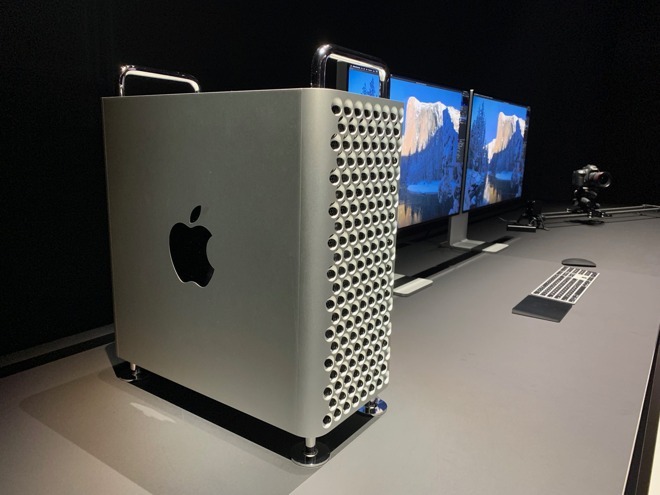
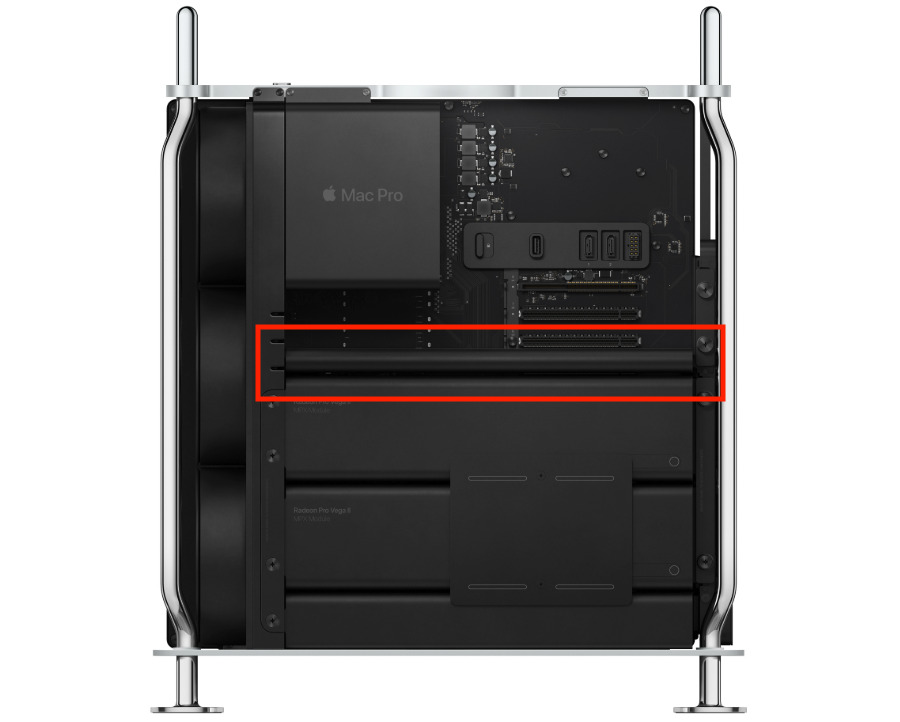
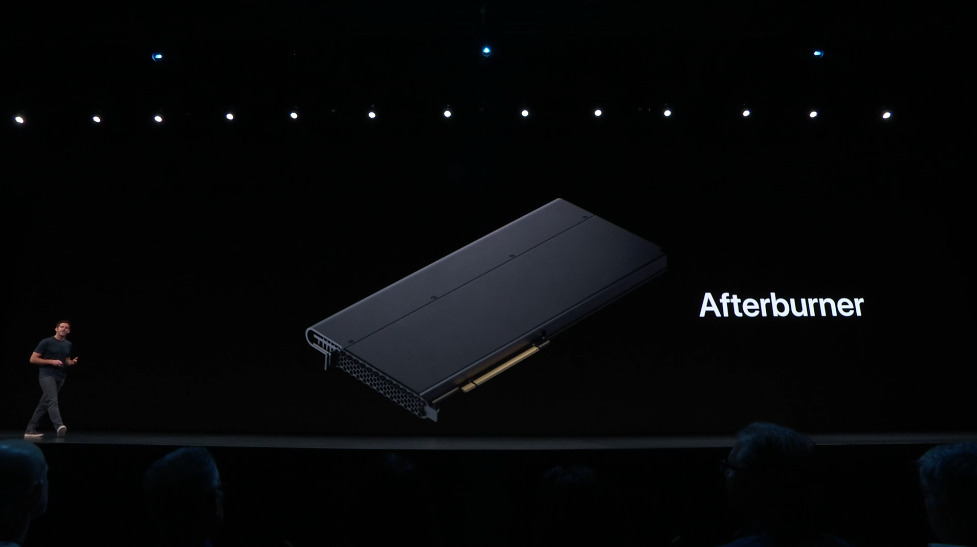











 Andrew Orr
Andrew Orr
 Sponsored Content
Sponsored Content


 William Gallagher
William Gallagher

 Mike Wuerthele
Mike Wuerthele
 Christine McKee
Christine McKee
